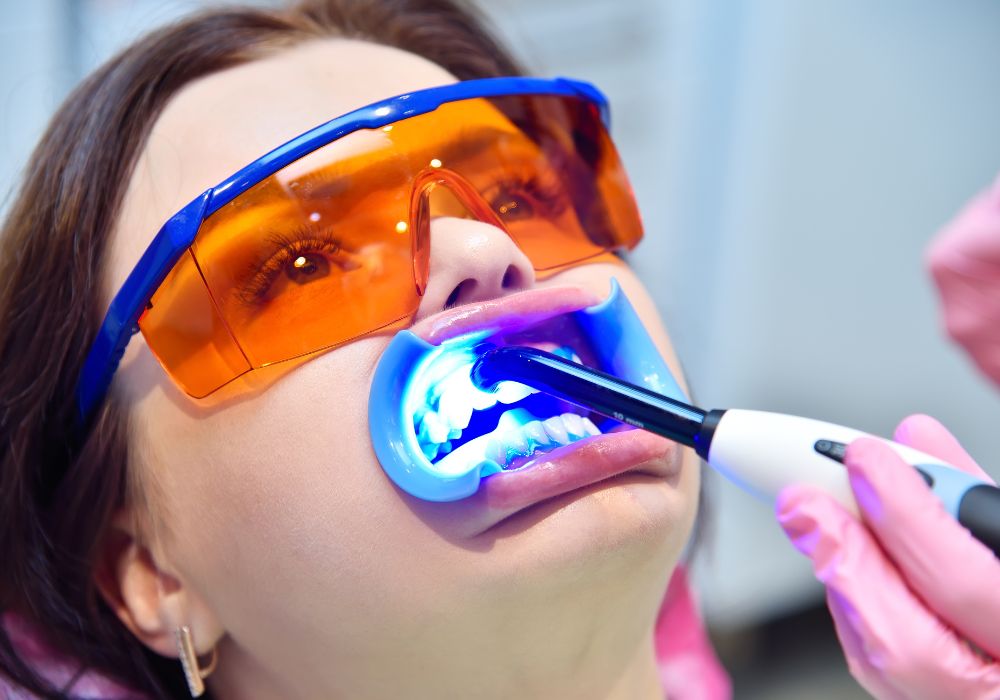No matter how good you are at brushing your teeth, they will start to get yellow over time. Due to this, it’s no surprise that many people wonder about getting them whiter. But that often begs the question, how much does teeth whitening cost?
The answer can vary quite a lot, not least because there are plenty of different solutions out there. Here we’ll check out what those whitening methods are, along with the cost for each one. Let’s take a look!
How Much Does Teeth Whitening Cost?
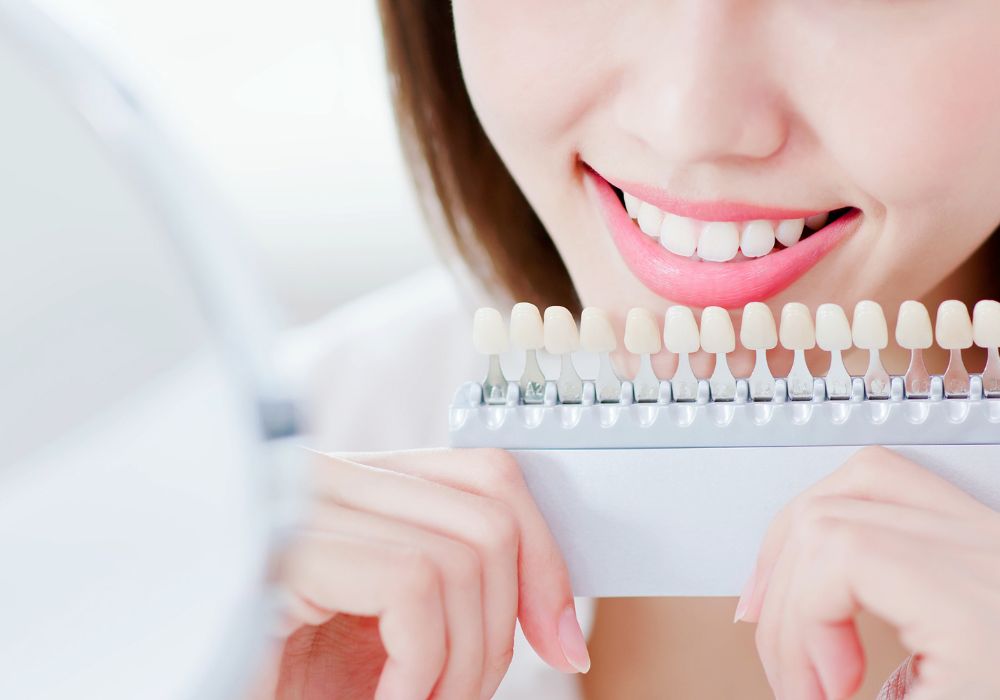
This is a very difficult question to answer. Not only is there a huge range of solutions, but different dental practices can have very different costs. The reality is that whitening solutions range from $5 all the way up to $2,000.
However, the bottom end of that scale is reserved for at-home solutions. For professional whitening services, most people will charge in a range of $500 to $1,000. That’s still a huge difference, so let’s look at these prices in more detail.
Cost of Different Whitening Solutions

The reason it’s hard to give an accurate figure for the cost of teeth whitening is that there are a lot of different solutions out there. To give you a better idea, we’ll now look at the price of each of them.
1. Laser Whitening
Finding out the cost of laser teeth whitening can be quite frustrating as there can be a huge difference from one practice to the next. The prices have been known to range from $300 to $2,000, with most people paying somewhere in the middle.
It’s hard to find out the exact average cost of teeth whitening but most people will pay between $600 and $800. If you’re interested in this solution, then it’s important to get a quote beforehand and ask for a breakdown if you think you may be overcharged.
However, there are a few reasons why you may need to pay above the average. For example, if your teeth are particularly yellow then you may need more treatments than normal. A highly reputable dentist may also charge more than a new practice.
2. In Office Gel Treatment
All of the professional solutions use a hydrogen peroxide solution but do so in different ways. While a laser can be used to speed up the bleaching process, there are also in-office treatments that use a highly concentrated solution but without the laser.
This process isn’t quite as quick as using a laser, but it’s usually a little cheaper with the average cost being around $600. You may be required to go for multiple sessions and/or be given a whitening kit for you to take home.
3. Whitening Trays
This is effectively the same treatment as above where the gel is applied to your teeth and then left on for a period of time. The difference is that a lower concentration of hydrogen peroxide is used, which is for a few important reasons.
Firstly, hydrogen peroxide is a powerful chemical that can burn your gums, so the lower concentration is for safety reasons. Secondly, the lower strength allows you to keep the solution on for longer periods, often overnight.
You can buy these kits from a dentist after a professional consultation and usually cost anywhere between $200 and $400.
4. At-Home Treatments
Along with professional treatments, there is a range of at-home solutions you can try:
- Whitening Strips – While not as quick or effective as professional services, whitening strips do work. You can pick up many highly rated strips in the $20-$40 region. These can simply be placed over your teeth for around 30 minutes at a time.
- Whitening Pens – Whitening pens are where you apply a gel solution directly onto your teeth. As with whitening strips, they can be a decent solution and will cost around $10–$60. It’s another cheap way to get your teeth a few shades lighter.
- Whitening Kits – Whitening kits usually include syringes that contain a whitening gel along with a gel tray, which often includes a curing light. These are often a little more expensive but can often be bought for between $30 and $50.
- Home Remedies – The cheapest option if you want to whiten your teeth is to use one of the many home remedies that are available. These can be as simple as buying coconut oil, apple cider vinegar, or baking soda, and you can often do this for less than $10.
- Toothpaste – Of course, one of the most tried and trusted methods for keeping your teeth white is simply brushing your teeth. There are specialist whitening toothpastes out there and these are usually priced around the $10 mark.
Do Home Remedies Work?
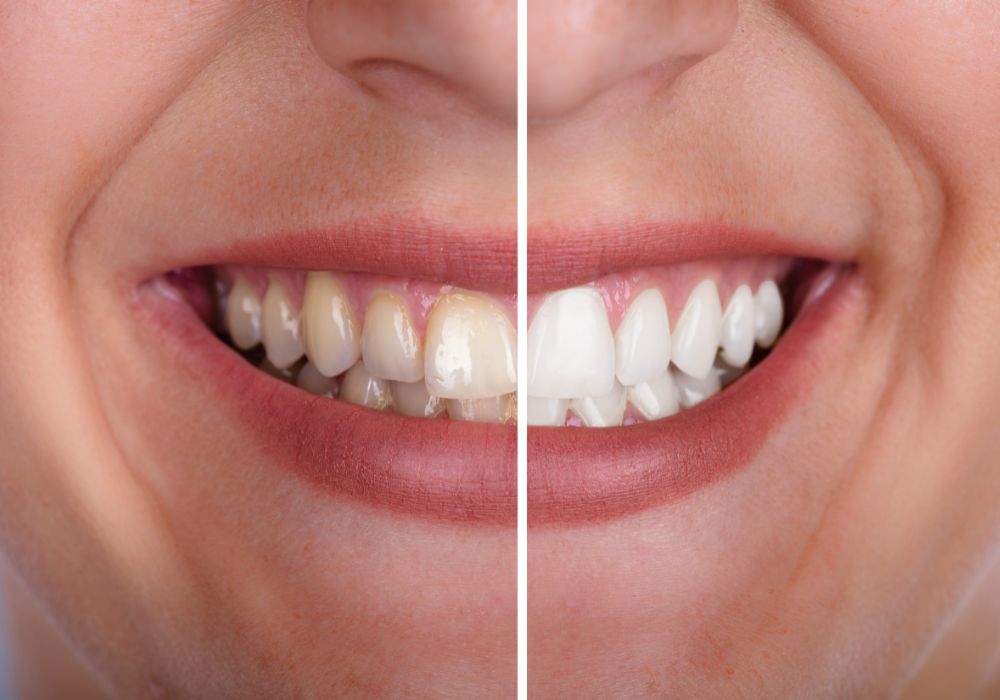
As we briefly mentioned above, there are a wide variety of home remedies that apparently work. An example of one of these is oil pulling, where you effectively just treat coconut oil as a mouthwash, which is meant to remove stains from your teeth.
Other methods can include brushing your teeth with activated charcoal, eating certain foods, or washing your mouth with apple cider vinegar. There is no evidence that any of these work, and they can even damage your teeth.
Another idea is to buy your own hydrogen peroxide a use it with baking soda to create your own toothpaste. This can be effective but buying your own hydrogen peroxide and creating your own concentration can be dangerous when done incorrectly.
The reality is that none of these solutions are going to be more effective than using high-quality branded whitening toothpaste. Rather than messing around with home remedies, just spend the 10 or so dollars on a great toothpaste.
Which Is the Best Whitening Method?
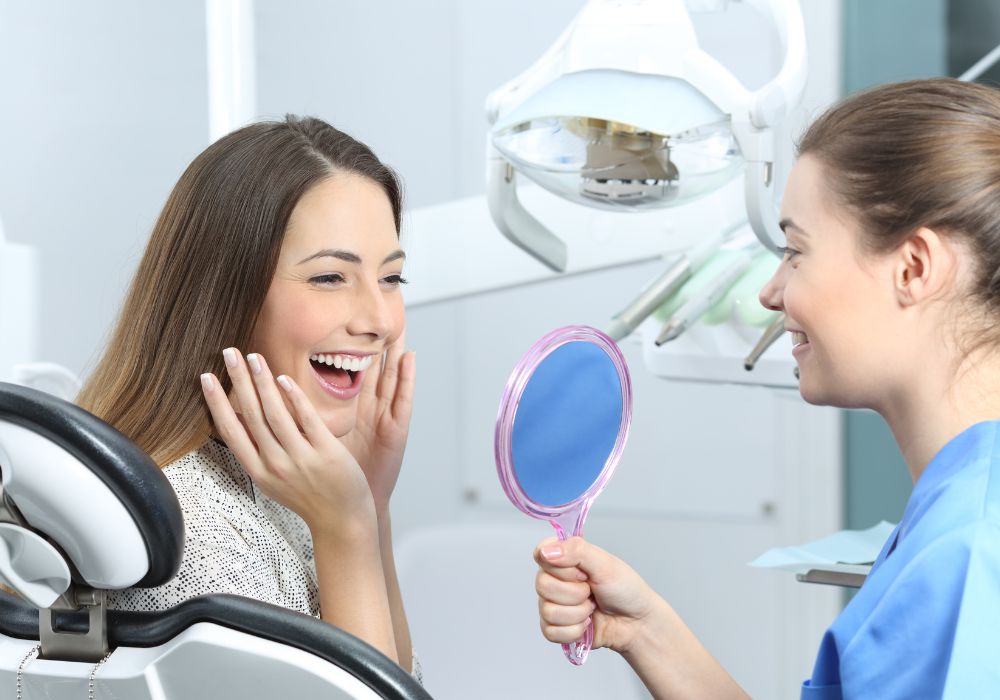
If you want highly effective results in the shortest period of time, then laser treatment is going to be the best whitening solution. As we’ve seen, it is also the most expensive method, and it may be out of your budget at the moment.
The only proven method for long-term whitening of your teeth is hydrogen peroxide. This is what is included in all the treatments that work, including lasers, gel trays, whitening strips, and toothpaste.
However, with it being a strong chemical, professionals can use a much higher concentration and without damaging your gums. That being said, you can be confident that any whitening product with hydrogen peroxide is going to work to some extent.
So while laser treatment is the best for rapid results, you can be confident in using the likes of gel trays if you wanted something a little cheaper. And if money is tight, even high-quality toothpaste can whiten your teeth.
Health Insurance and Teeth Whitening
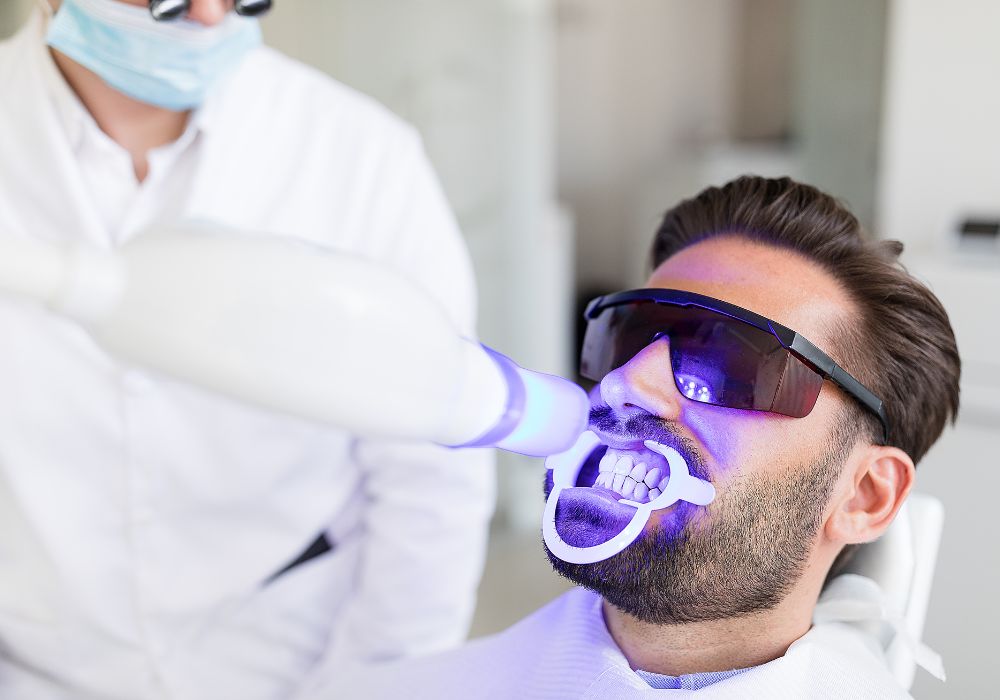
It’s very unlikely that your health insurance will cover whitening treatments. Generally, any type of treatment that is seen as cosmetic won’t be covered by insurance as it’s not an issue that will affect your overall health.
Many teeth whitening places will offer financing options which can be a great help if you have your heart set on this treatment. You may also want to start with one of the cheaper methods and see if they work for you before looking at more expensive options.
Teeth Whitening – FAQs
1. Is teeth whitening permanent?
No. Whether it is laser treatment or using toothpaste, white teeth aren’t permanent. After a while, the bleached layer will start to wear away, showing the yellow underneath. That being said, once you have your teeth whitened then you’ll often only need top-up treatments.
2. Do yellow teeth go away after brushing?
Not with regular toothpaste, no. Regular toothpaste will help to prevent your teeth from becoming more yellow, but it won’t restore brightness. The only exception is if you use a whitening toothpaste that contains hydrogen peroxide.
3. How many days does whitening take?
This entirely depends on the solution. In-office treatments will give you results straight away whereas you may need to wait a few weeks to see any notable difference with at-home treatments such as whitening strips and toothpaste.
4. Is it too late to whiten your teeth?
It’s never too late to whiten your teeth. Hydrogen peroxide works to bleach your enamel so regardless of how yellow they are, it will always have a positive effect.
5. Why are my teeth yellow when I brush them every day?
Your teeth have an outer layer of enamel. Due to the wear and tear of aging, regardless of how often you brush, this enamel will wear down over time. Underneath this enamel is a hard calcified substance called dentin, which is yellow. While that is true, regular brushing is highly effective at slowing down the rate of enamel loss.
Conclusion
The cost of teeth whitening can be dramatically different depending on the method you choose. In-office treatments usually cost at least $500 whereas at-home treatments can cost as little as $10.
The right solution for you will depend on your budget and also the condition of your teeth. If you don’t have the money to pay for professional treatments, then you can still get good results from whitening toothpaste, strips, and pens.

